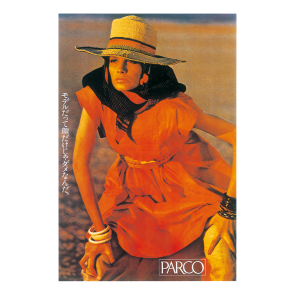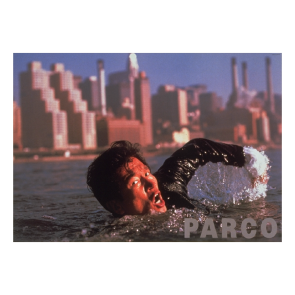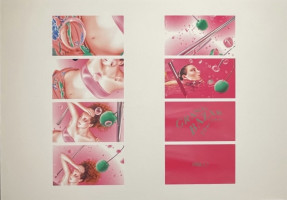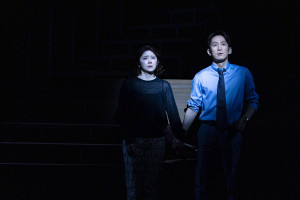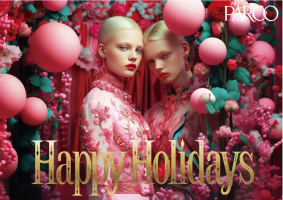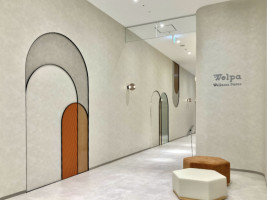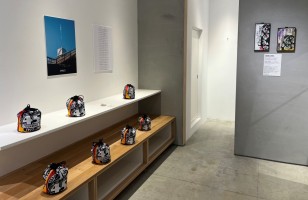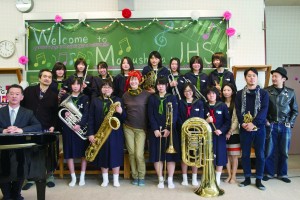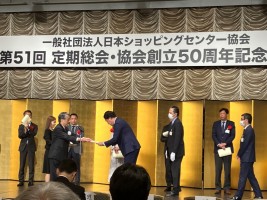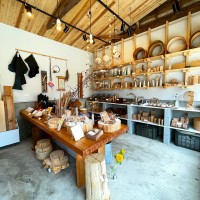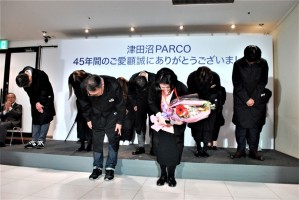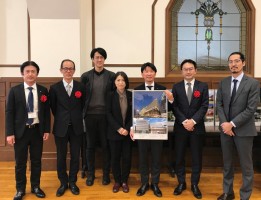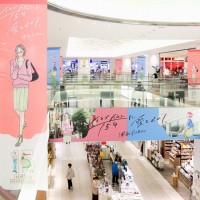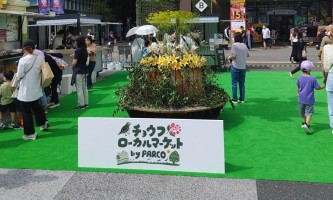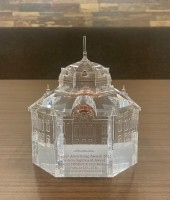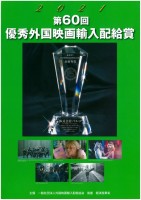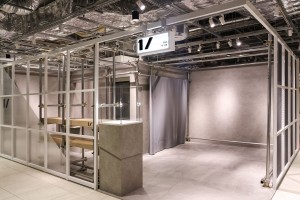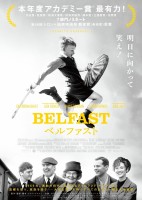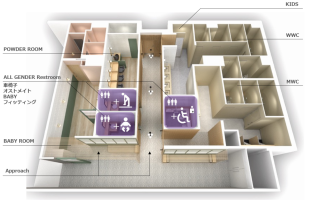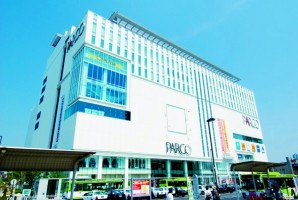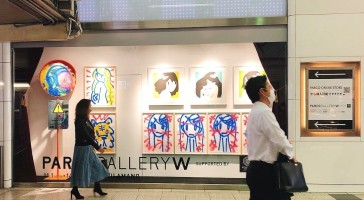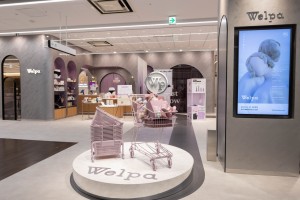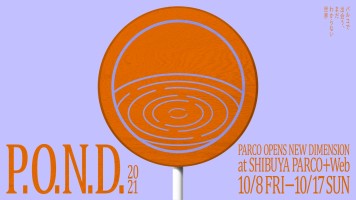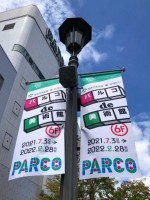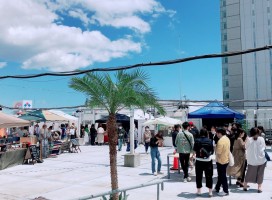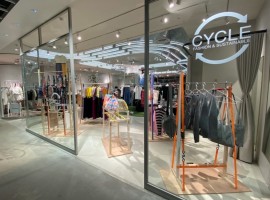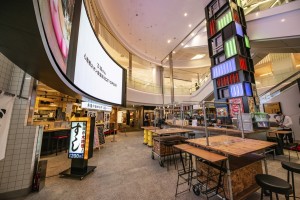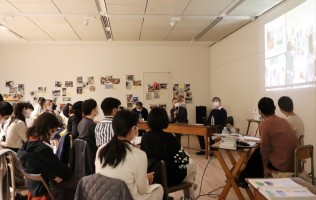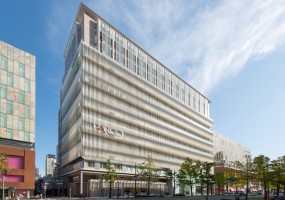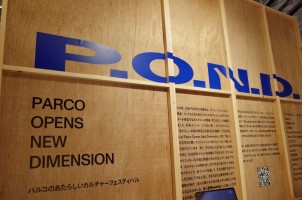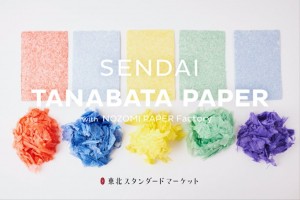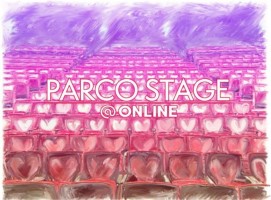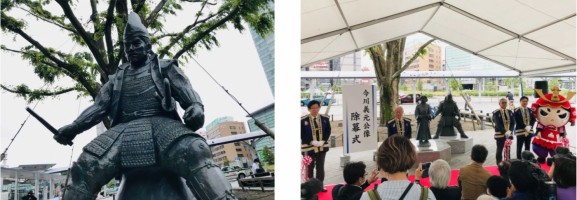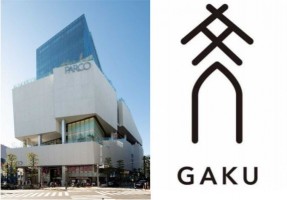2023/11/08
PARCO Advertising -"Advertising PARCO" Exhibition

For more than 50 year's since the opening of Ikebukuro PARCO, PARCO has been working hand in hand with the top creators of that era to communicate our corporate stance through advertising expressions that go beyond the scope of commercials. The smell of the times reflected in PARCO's advertisements is not the consensus of the masses, but rather the "edge of the times" that definitely contains the "what" that the times demand, even though it is somewhat dogmatic. It is also based on a multifaceted thinking that has many different meanings depending on the sensitivity of the receiver. As if to represent the ecology of PARCO, a "creature" that has various faces and continues to change to reflect the times, PARCO's advertisements present the "what" at times universally and at other times momentarily.
In the 1970s, PARCO actively used the mass media to promote its shopping centre PARCO. It was fashion propaganda with the theme of "women's independence," reflecting the historical background of the time, and became a social phenomenon that played a role in raising women's awareness. The coexistence of conflicting values, such as avant-garde expression and return to tradition, high culture and subculture, was a characteristic of PARCO's advertising expression and cultural activities in general during this period.
In the 1980s, when the scale of the company's operations expanded and public recognition became widespread, PARCO attracted attention not only as a retailer but also as a "fashion entertainment" in a wide range of areas. PARCO's advertisements, which were bright and light on the surface, but also had a kind of "difficulty," were the flower of the genre of expression, and became more sophisticated as top creators competed to capture the world that characterized the era.
In the 1990s, the media environment surrounding consumers underwent rapid changes. There was a major "change of thinking" with "digital" and "interactive" as the keys, and there was a strong need for a corporate attitude that quickly reflected the wishes of consumers, rather than the one-way information provided by companies as in the past advertising methods. Shibuya, home to Shibuya PARCO, has become the center of Japanese street culture, and Shibuya-style music and girly culture are particularly compatible, and some of its representatives dashingly appeared in PARCO's ads. Through the media of PARCO's advertisements, talent from around the world gathered in Shibuya, resonated, and spread.
Since the 2000s, art has increased its presence in the cultural context, including advertising, and now art has become a national content. At the same time, digital expression expanded and advertising expression changed. In today's fast-paced world, PARCO's advertising coexists with art and expresses a never-ending style of betting on the evocative power of images.
Since its inception, PARCO has listened to consumers and used their activities as a model to come up with PARCO-style answers. We will continue to use collaboration with consumers as a weapon to present new vectors for the future.
The exhibition "Advertising Parco: 1969-2023 PARCO Advertising Exhibition" will be held at PARCO MUSEUM TOKYO (4th floor of Shibuya PARCO) from November 17 to December 4.
This exhibition presents an overview of advertising and creative activities that have been going on for more than half a century since the opening of Ikebukuro PARCO in 1969.
The exhibition hall consists of four age groups: the "2000s," "1990s," "1980s," and "1970s." The posters and television advertising works that are exhibited are selected by inviting two guest curators for each area in an interview format, and the contents of the interviews are shown at the exhibition hall.
